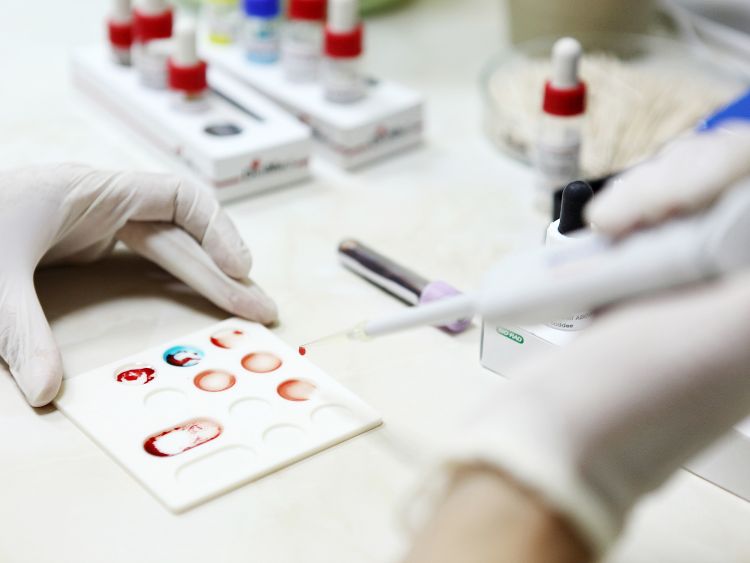Ever wondered what happens to your blood sample once it’s whisked away by healthcare professionals? The journey is quite fascinating and it all begins with an unsung hero of diagnostics – the blood testing tube. These tubes aren’t just ordinary containers; they’re the cornerstone of accurate medical diagnoses, playing a pivotal role in deciphering a wide array of health mysteries. In this deep dive, we’ll uncover everything you need to know about blood testing tubes, ensuring you’re well-informed and maybe even a bit intrigued by these colorful little vials that hold the key to understanding our health.
What Makes Blood Testing Tubes Tick?
Blood testing tubes, those small but mighty vessels, are more than just storage solutions for blood samples. They’re designed with specific additives and color-coded caps to signify their unique purposes, ensuring that each blood test yields precise and reliable results. Let’s break down the magic within these tubes:
- The Color Code: Each cap color isn’t just for show; it indicates the tube’s additive and its purpose, guiding healthcare professionals in choosing the right tube for each test.
- Additives Galore: From anticoagulants to preservatives, the additives in these tubes prepare the blood for its testing journey, whether it’s for coagulation studies or glucose measurement.
The Unsung Heroes of Diagnostics
The role of blood testing tubes in diagnostics cannot be overstated. They are key players in:
- Disease Detection: These tubes help in identifying diseases early on, from diabetes to infectious diseases, making timely intervention possible.
- Health Monitoring: They’re crucial in monitoring ongoing health conditions, providing doctors with the data needed to adjust treatment plans effectively.
How to Choose the Right Tube?
Choosing the right blood testing tube is critical for accurate test results. Here’s a quick guide:
- Understand the Test Requirements: Knowing what each color-coded tube does is the first step in selecting the right one.
- Consult the Guidelines: Medical guidelines and lab manuals provide specific instructions for sample collection and handling, ensuring the integrity of the test results.
FAQs: Your Burning Questions Answered
- What do the different colors of blood testing tubes mean? Each color indicates a different additive or purpose. For example, lavender tops usually contain EDTA, used for complete blood counts.
- Can the wrong tube affect my test results? Absolutely. Using the incorrect tube can lead to inaccurate results, impacting diagnosis and treatment.
Conclusion: The Heartbeat of Diagnostics
Blood testing tubes, with their variety and complexity, are more than just vessels for blood; they’re the heartbeat of diagnostics. Their meticulous design and specific functionalities ensure that every blood test leads to accurate and reliable diagnostics, guiding patient care in countless ways. So, the next time you see one of these colorful tubes, you’ll know the critical role it plays in healthcare, safeguarding our well-being one test at a time.
By delving into the world of blood testing tubes, we’ve peeled back the curtain on a subject that, while seemingly mundane, holds profound implications for our health and medical care. These tubes are a testament to the sophistication and precision of modern medicine, underscoring the importance of even the smallest components in our healthcare system. Whether for routine check-ups or critical diagnoses, blood testing tubes stand at the ready, ensuring our health professionals have the accurate information they need to make informed decisions.
